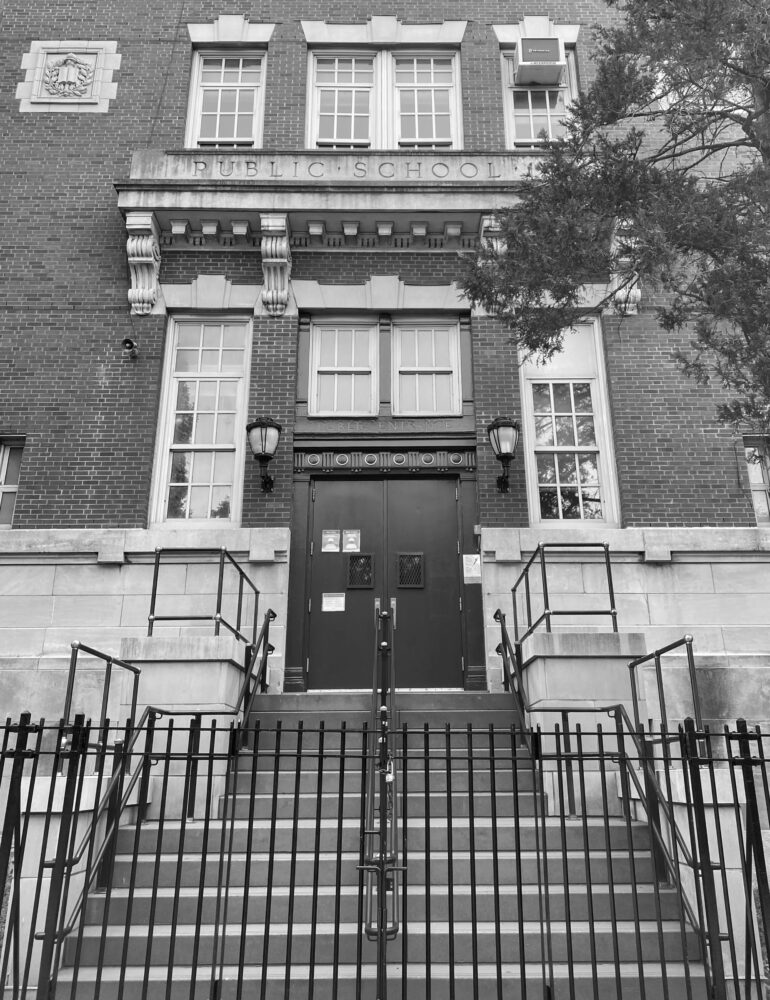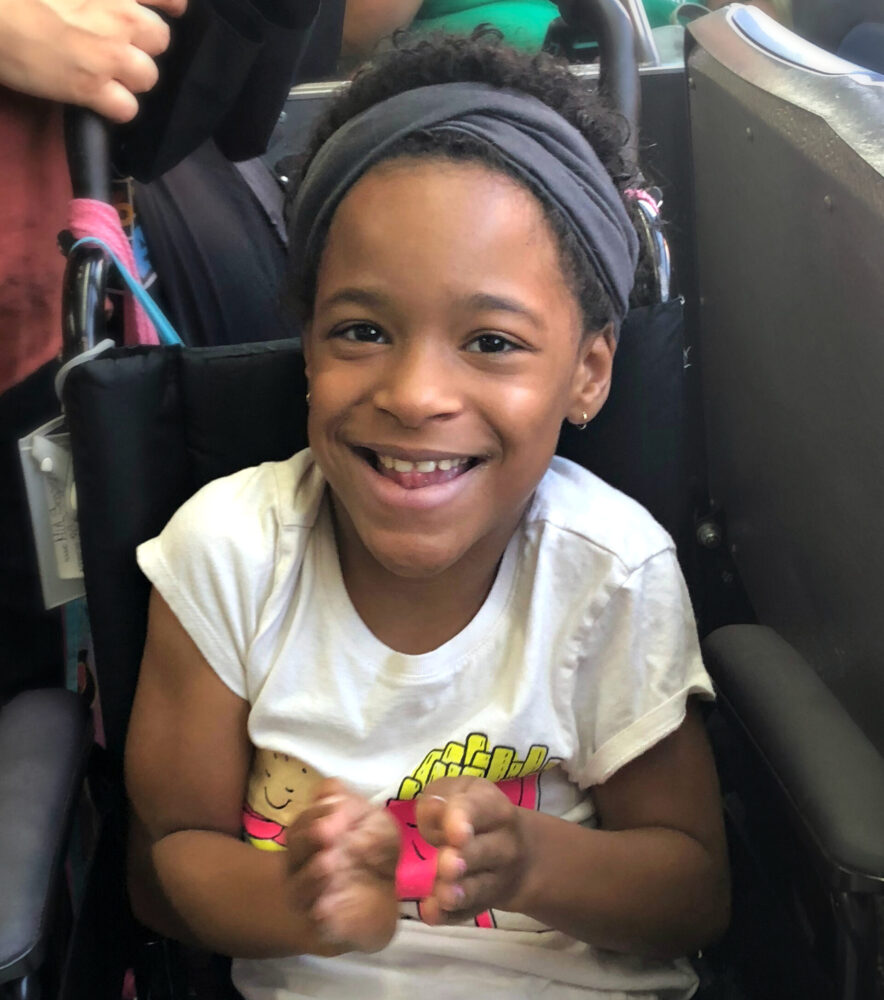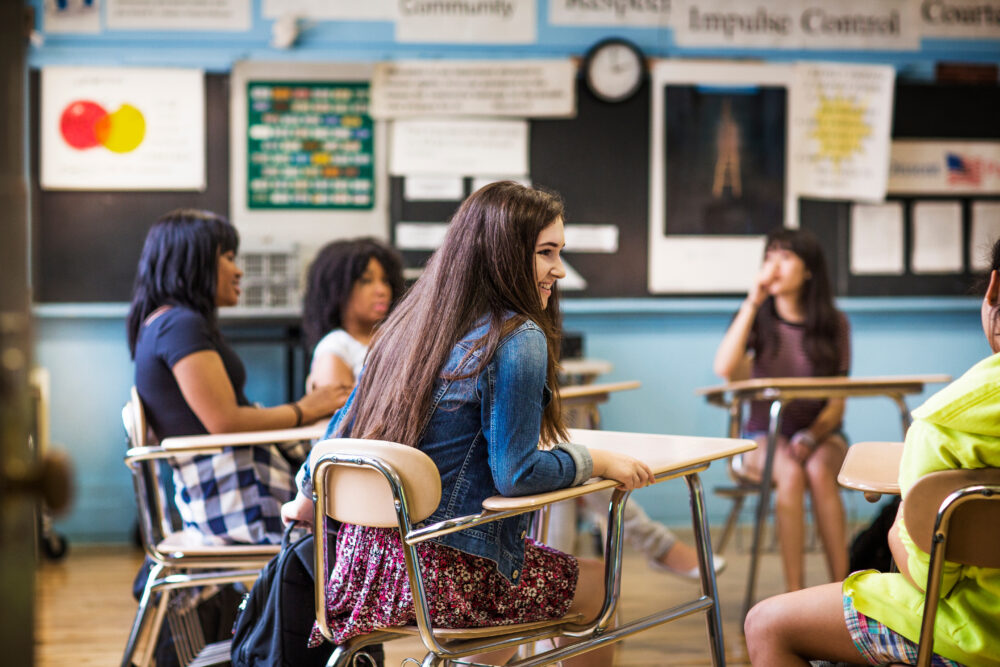Access (Still) Denied: An Update on the Physical Inaccessibility of New York City Public Schools
This interactive report finds that only 31.1% of schools are fully accessible to students, parents, educators, and community members with physical disabilities as of the start of the 2023-24 school year. The report calls on the City to invest $1.25 billion—roughly 5-6% of its capital budget—in the forthcoming five-year Capital Plan to improve school accessibility.

Advocates for Children of New York (AFC) is releasing a new report, Access (Still) Denied: An Update on the Physical Inaccessibility of NYC Public Schools, finding that only 31.1% of schools are fully accessible to students, parents, educators, and community members with physical disabilities as of the start of the 2023-24 school year. The interactive report, which features a map that allows readers to explore the accessibility status of all school buildings operated by the Department of Education (DOE), calls on the City to invest $1.25 billion—roughly 5-6% of its capital budget—in the forthcoming five-year Capital Plan to improve school accessibility.
The current five-year Capital Plan, now in its final year, allocated $750 million for school accessibility projects. Access (Still) Denied updates AFC’s 2018 analysis of DOE data, highlighting both the progress that has been made thanks to this long-overdue investment, as well as how far New York City has yet to go to fulfill the promise of the Americans with Disabilities Act (ADA). The report finds:
- Once the projects funded by the current Capital Plan are completed, just over one-third of schools will be fully accessible—meaning that, more than three decades after the ADA went into effect, nearly two-thirds of schools will not be fully accessible.
- 38.8% of DOE schools are fully or functionally inaccessible (meaning they have no accessible classrooms and are thus not a true educational option for an individual who uses a wheelchair) and are not slated for accessibility-related upgrades under the 2020-2024 Capital Plan.
- At least one-third of schools are fully accessible in eleven of the City’s 32 community school districts; once the accessibility projects currently in the pipeline are completed, as many as five additional districts will reach the 33% benchmark, and no district will fall below 10% full accessibility. This represents a significant improvement since 2018, when there were only four districts in which a third of schools were fully accessible, and one district had no accessible schools at all.
The ADA requires state and local governments to ensure individuals with disabilities have equal access to public programs and services, including public education. Yet the persistence of physical barriers in so many schools means that New Yorkers with disabilities continue to be excluded from buildings that are central to public life—not only students who are barred from attending their neighborhood school or school of choice, but also teachers and school staff whose employment opportunities are constrained by the lack of accessible bathrooms and classrooms; parents and grandparents who are unable to attend parent/teacher conferences or see their children and grandchildren perform in concerts or school plays; and community members unable to rely on school buildings for shelter and safety during extreme weather events.
This November, the DOE will propose its capital spending for the next five years, and the report urges the City to allocate at least $1.25 billion for improving school accessibility. This funding will enable the City to bring another 150 to 200 buildings to full accessibility by 2029, at which point 50% of all buildings that serve as the primary location for a school will be accessible.
“No child should be turned away from a school because the facilities are not accessible. As we approach the 40th anniversary of the ADA in 2030, the City should set ambitious goals to ensure this landmark civil rights law has real meaning in the day-to-day lives of New Yorkers with disabilities. The next Capital Plan should build on the progress that has been made and move us closer to a system in which all schools are fully accessible.”
Kim Sweet, Executive Director of Advocates for Children of New York
“For years, my family has felt the impact of the limited accessibility of the City’s public schools, which have excluded and marginalized my daughter,” said Yuvi Espino, whose daughter Mia now attends a special education non-public school, in large part due to the challenges of finding an accessible public school to meet Mia’s needs. “Mia hasn’t been able to attend many events at her younger sister’s school, which has been very upsetting for Mia, her sister, and our whole family. We must keep working toward the goal that all NYC DOE schools be accessible not only to students, but to their families and communities.”
-
View the press release as a PDF
August 23, 2023
Media Coverage
-
Two-thirds of schools are not fully accessible to those with physical disabilities, report finds
-
Two-thirds of NYC public schools not fully accessible for students with physical disabilities: report
-
Only 1 in 3 NYC schools are fully accessible to students with physical disabilities, report says


